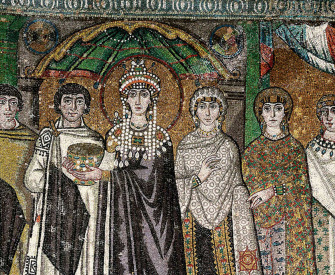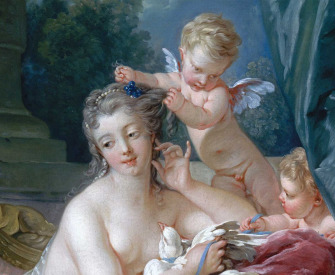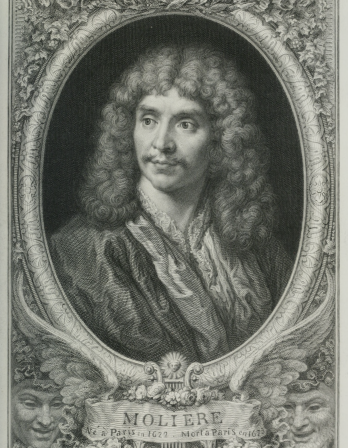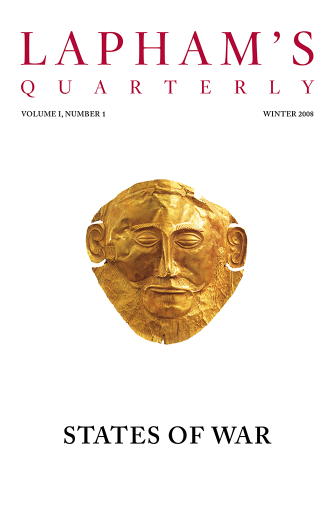
Ralph Waldo Emerson
“Address to the Harvard Divinity School,”
1838
“Address to the Harvard Divinity School,”
Jesus Christ belonged to the true race of prophets. He saw with open eye the mystery of the soul. Drawn by its severe harmony, ravished with its beauty, he lived in it, and had his being there. Alone in all history, he estimated the greatness of man. One man was true to what is in you and me. He saw that God incarnates himself in man and evermore goes forth anew to take possession of his world. He said, in this jubilee of sublime emotion, “I am divine. Through me, God acts; through me, speaks. Would you see God, see me; or, see thee, when thou also thinkest as I now think.” But what a distortion did his doctrine and memory suffer in the same, in the next, and the following ages! There is no doctrine of the reason which will bear to be taught by the understanding. The understanding caught this high chant from the poet’s lips, and said, in the next age, “This was Jehovah come down out of heaven. I will kill you, if you say he was a man.” The idioms of his language and the figures of his rhetoric have usurped the place of his truth, and churches are not built on his principles, but on his tropes. Christianity became a mythos, as the poetic teaching of Greece and Egypt before. He spoke of miracles, for he felt that man’s life was a miracle, and all that man doth, and he knew that this daily miracle shines as the character ascends. But the word Miracle, as pronounced by Christian churches, gives a false impression; it is Monster. It is not one with the blowing clover and the falling rain.





